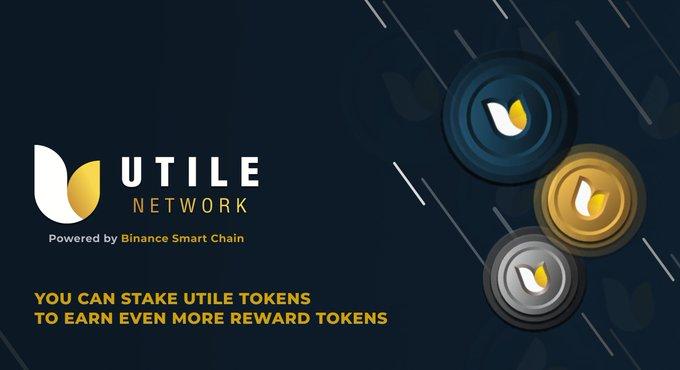Medicare Savings Programs are federally funded, state-administered programs that can help people with limited incomes and resources pay for part or all of their Medicare copayments, deductibles, premiums and coinsurance.
What types of Medicare Savings Programs are available?
There are four Medicare Savings Programs offered through individual states:
Qualified Medicare Beneficiary Program.
Specified Low-Income Medicare Beneficiary Program.
Qualifying Individual Program.
Qualified Disabled Working Individual Program.
You can’t participate in more than one Medicare Savings Program. If you’re not sure which program suits you best, your state will enroll you in the most comprehensive program you qualify for when you apply. If you feel you need help with Medicare-related expenses, Medicare encourages you to apply for these programs, even if you don’t think you’ll qualify.
Who qualifies for Medicare Savings Programs?
Each Medicare Savings Program has its own specific eligibility criteria, and many states have their own unique methods for determining eligibility. You may qualify for a Medicare Savings Program if you’re a Medicare beneficiary and meet the following requirements, according to Benefits.gov:
Live in a U.S. state or Washington, D.C.
Have reached the age of 65 or older.
Receive Social Security Disability benefits.
Meet certain income and resource requirements.
Are younger than 65 with certain disabilities or permanent kidney failure.
What benefits does each Medicare Savings Program offer?
Qualified Medicare Beneficiary Program
The Qualified Medicare Beneficiary Program, or QMB, can help you pay for Medicare Part A and Part B premiums, deductibles, coinsurance and copayments for Medicare-approved services. Acceptance into this program also means you’ll be enrolled in the Medicare Extra Help program to help pay for your prescription medications and cap your out-of-pocket expense for each covered drug at $4 in 2022.
Another important benefit of the QMB program is that Medicare providers won’t be allowed to bill you for any Medicare-approved services or items. However, if you also receive Medicaid, you may be billed for a small Medicaid copay.
To qualify for QMB, you have to meet income and resource requirements, which may vary from state to state — for example, Alaska and Hawaii have slightly higher income limits. Here are the federal income and resource limits for 2022, according to Medicare.gov:
Individuals can earn no more than $1,153 monthly.
Married couples must earn no more than $1,546 monthly.
Individuals’ resources shouldn’t exceed $8,400.
Married couples’ resources shouldn’t exceed $12,600.
Specified Low-Income Medicare Beneficiary Program
The Specified Low-Income Medicare Beneficiary Program, or SLMB, helps pay for Part B premiums only, but you must be enrolled in both Medicare Part A and and Part B to qualify. Additionally, you have to meet this program’s income and resource requirements, which may vary from state to state and are slightly higher in Alaska and Hawaii.
Here are the federal income and resource limits for 2022, according to Medicare.gov:
Individuals must earn no more than $1,379 monthly.
Married couples must earn no more than $1,851 monthly.
Individuals’ resources can’t exceed $8,400.
Married couples’ resources can’t exceed $12,600.
If you’re accepted into SLMB, you’ll also be enrolled in Medicare Extra Help, which helps pay for prescription drugs. Your out-of-pocket cost for each Medicare-covered drug won’t be more than $9.85 in 2022.
Qualifying Individual Program
Much like SLMB, the Qualifying Individual Program, or QI, covers only your Part B premiums, and you must also be enrolled in both Medicare Part A and B to qualify. Once you’re enrolled, you’ll also receive Extra Help for prescription drugs, and your out-of-pocket cost for each Medicare-approved Medication will be no more than $9.85 in 2022.
The QI program isn’t available to those who qualify for Medicaid, and it has different income limits than SLMB. With the understanding that income and resource requirements may vary from state to state, and that Alaska and Hawaii have slightly higher limits, here are the federal income and resource limits for 2022, according to Medicare.gov:
Individuals must earn no more than $1,549 monthly.
Married couples must earn no more than $2,080 monthly.
Individuals’ resources can’t exceed $8,400.
Married couples’ resources can’t exceed $12,600.
Be aware that the QI program won’t renew you automatically every year. In order to continue receiving QI benefits, you’ll need to reapply each year. Approval (if you’re eligible) is first-come, first-served with priority given to those enrolled in QI during the previous year.
Qualified Disabled Working Individual Program
The Qualified Disabled Working Individual Program, or QDWI, pays for Medicare Part A premiums only. To be eligible for QDWI, you must meet the following requirements, according to Benefits.gov:
Are under 65, currently working and have a disability.
Have lost your premium-free Medicare Part A when you returned to work.
Don’t receive medical assistance from your home state.
You also need to meet the QDWI income and resource limits, which may vary from state to state, and are slightly higher in Alaska and Hawaii.
Here are the basic federal QDWI limits for 2022, according to Medicare.gov:
Individuals must earn no more than $4,615 monthly.
Married couples must earn no more than $6,189 monthly.
Individuals’ resources can’t exceed $4,000.
Married couples’ resources can’t exceed $6,000.
How can I sign up for a Medicare Savings Program?
To apply and find out if you’re eligible for a Medicare Savings Program, reach out to your state’s Medicaid office. You can find your state’s Medicaid contact information, eligibility requirements and enrollment information at Medicaid.gov.
» MORE: Medicare vs. Medicaid: What’s the difference?
If you have additional questions about Medicare, visit Medicare.gov or call 800-MEDICARE (800-633-4227, TTY 877-486-2048).





